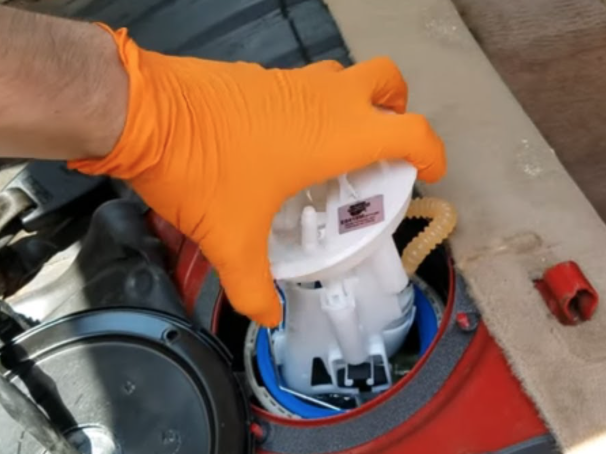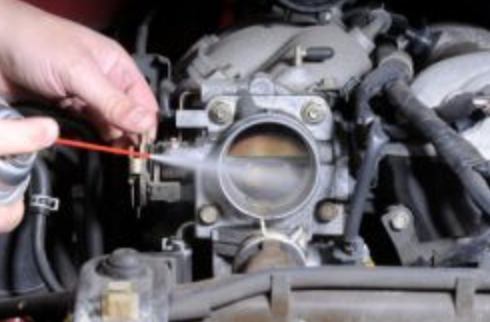Fuel is an indispensable substance for a car, but the fuel itself contains impurities, moistures and other compositions. When these things exist in the fuel tank and the fuel pipe for a long time, will form oil sludge and sediments. In addition, due to the olefins in gasoline, oxidation and polymerization will occur at high temperature, resulting in the formation of some sticky substances. Once these substances stay in the injector nozzle, air inlet valve and other parts for a long time, these substances will become carbon deposit when burned, affecting the engine performance. Therefore, it is very important to maintain the fuel system regularly. While your fuel injection system have breakdown, you should troubleshoot the fuel system.
What harm will the fuel system have if it is not cleaned in time
If the fuel system is not cleaned, carbon deposit and sediment will be generated, which will clog the nozzle needle valve and valve hole, resulting in poor fuel injection, poor atomization, insufficient power and other conditions. Moreover, carbon deposit and sediment will cause the inlet valve to loose, cylinder pressure drop, leading to the engine idling instability and increased fuel consumption and other problems. These problems can greatly shorten the service life of the engine, so it is important to clean the car's fuel system timely.

Common fuel system maintenance methods
(1) Regularly use high-quality throttle valve and intake system cleaner to clean the throttle system.
(2) Proper addition of fuel system cleaner can effectively remove the carbon deposit and sediment in the combustion chamber, fuel injection nozzle and fuel pipe, and keep all parts clean.
(3) Regular cleaning of the nozzle system can clear the carbon deposit of the nozzle, and fix the problems such as engine vibration, hysteresis and poor atomization.
The above recommendations should be carried out every 20,000 kilometers.

Inspection method (gasoline engine)
When starting the engine, check the following items.
(1) Hold the fuel hose by hand and check whether the fuel pressure has been applied.
(2) Check the sound of the fuel injector.
Standard:
The fuel pressure applied on the fuel hose, as the fuel pressure increases, the hose will pulsate. When there is no fuel pressure, the fault may be in the fuel pump system. The fuel injector makes noise, when the injector stops making noise, use the connector in the next cylinder to test. If the sound can be heard, the injector is normal. Faults can be found between the ECU and the electrical wiring.
Inspection method (diesel engine)
When examining diesel engine in the fuel system, divide the system into its various chamber parts and check where the fuel goes.
(1) Is fuel entering the nozzle? Loose the connector of the fuel injectors as you start the engine, and check the status of fuel injection.
Note:
Cover the nozzle with a cloth so that the fuel does not splash out.
Standard:
It is normal for fuel to splash out intermittently from loose joints during engine start-up.
(2) Is fuel in the fuel injection pump? Check the sound of the fuel cut-off solenoid.
Standard:
This is normal if the sound can be heard when the ignition switch is on and off.
(3) Is fuel entering the fuel injection pump? Remove the hose at the inlet of the fuel pump and inspect, and then check the fuel pressure and the fuel supply.
Standard:
When fuel is coming out of the inlet, it is a normal connection between the fuel tank and the injection pump.
 James Smith
James Smith  August 30, 2020
August 30, 2020
